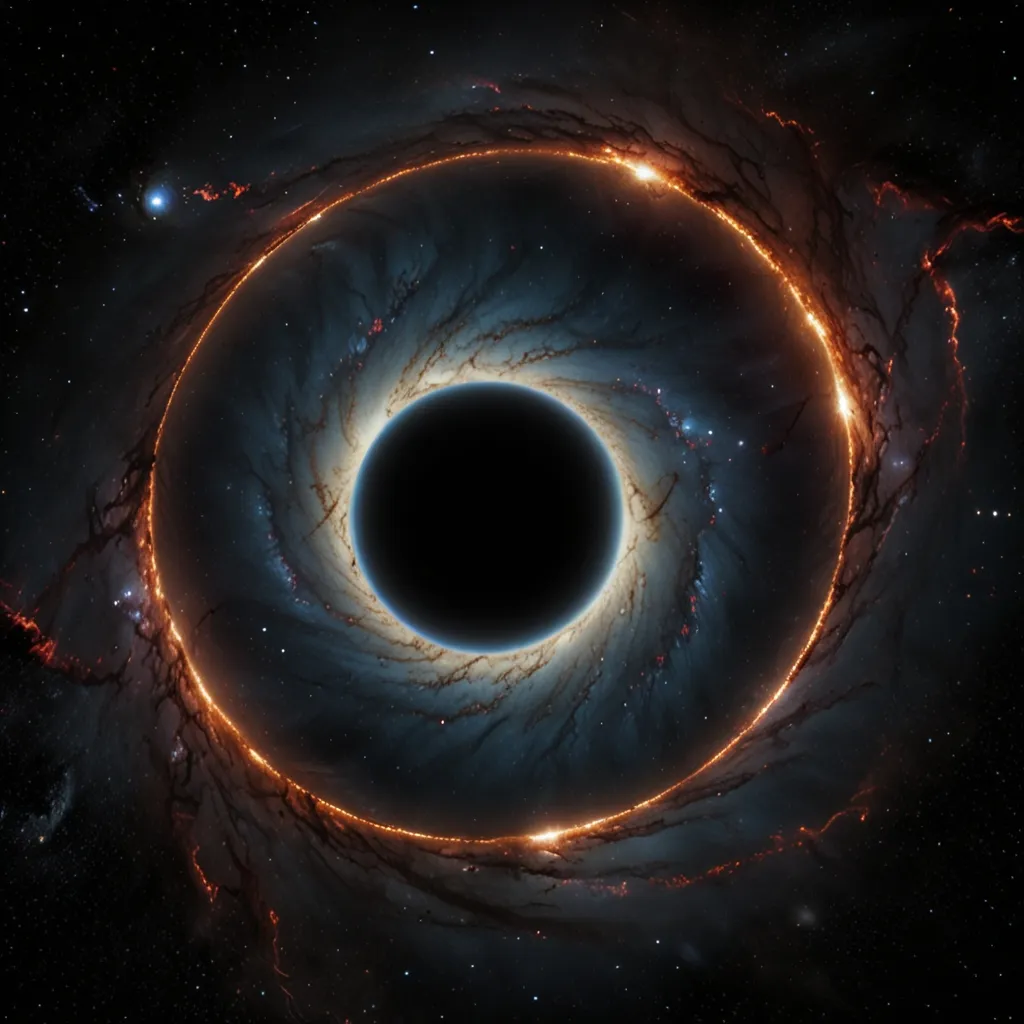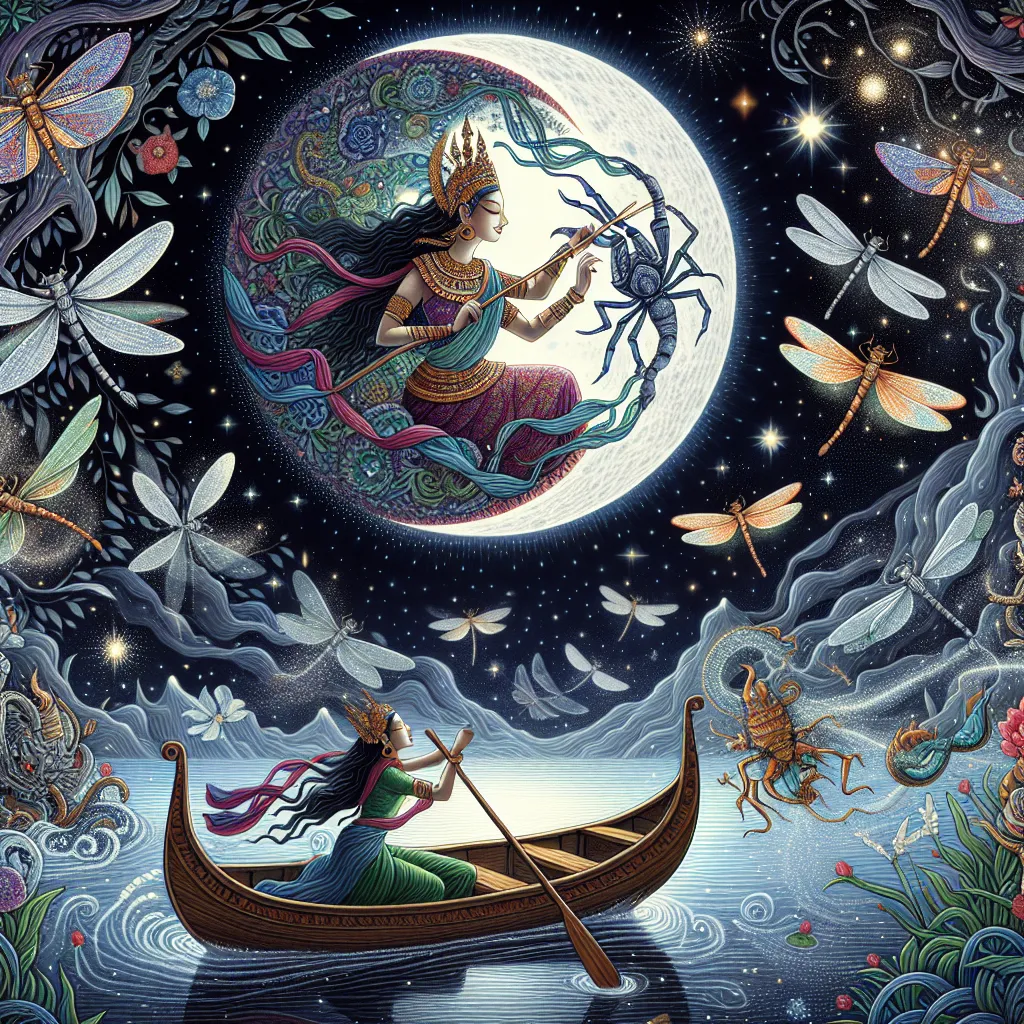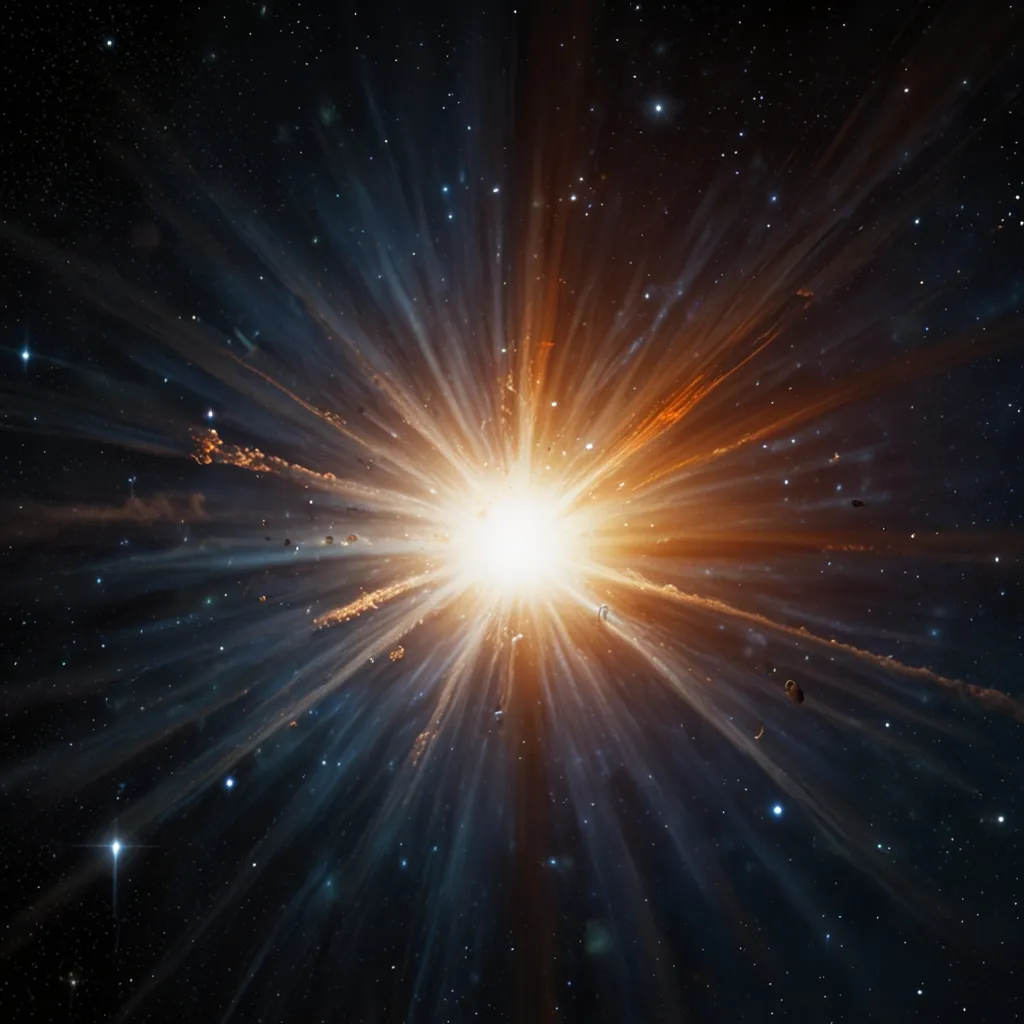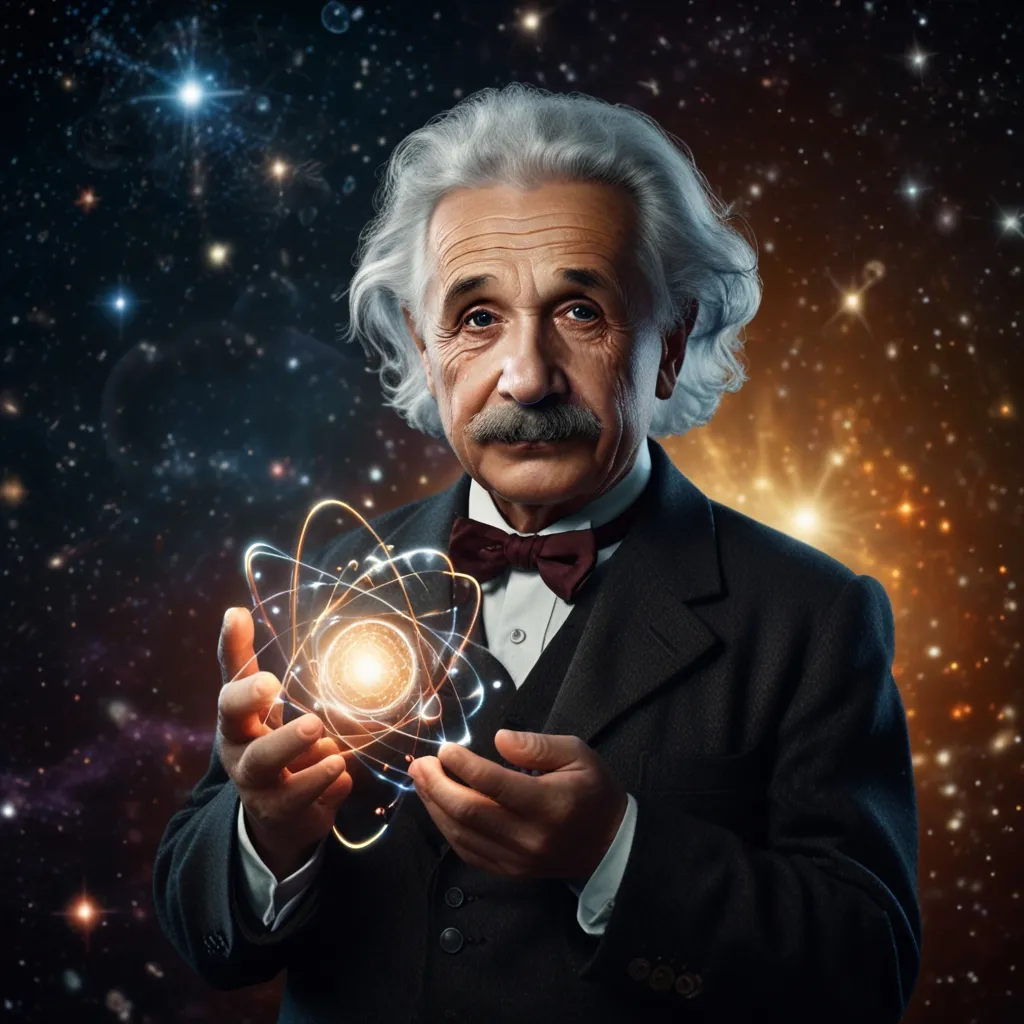Black holes have been some of the most enigmatic entities in the universe. Initially theorized from Einstein’s theory of relativity, they were believed not to exist for much of the 20th century. That changed dramatically in 2019 when the Event Horizon Telescope captured the first-ever photograph of a black hole. This achievement made these celestial phenomena even more fascinating.
Black holes are impossible to explore from the inside. No one can venture into one and return to tell the tale, making them akin to the Las Vegas of the cosmos—what happens inside a black hole stays inside a black hole. Yet, these mysterious entities could hold the key to understanding our galaxy and the universe’s true nature.
So, what exactly is a black hole? Unlike a planet or a star, a black hole is not a tangible object. Instead, it’s a region in space where matter is condensed to an infinitely small point known as the gravitational singularity. This singularity defies all known laws of physics. When we speak about the size of a black hole, we refer to the event horizon, a dark sphere surrounding the singularity from which nothing, not even light, can escape.
The event horizon acts like the edge of a cosmic waterfall, where space is falling inward faster than the speed of light. The radius of this event horizon is known as the Schwarzschild radius, calculated using Einstein’s equations. Imagine compressing Earth into a marble or our Sun into a sphere just six kilometers in diameter; both would form black holes.
A crucial aspect of black holes is their density, which varies with their mass. The more massive the black hole, the less dense and less harmful it becomes. That’s why we would choose a supermassive black hole like Sagittarius A* at the center of the Milky Way for our hypothetical journey. With a density comparable to water, it is safer to explore than smaller, more compact black holes.
Let’s pretend we’re aboard NASA’s hypothetical IXS Enterprise, heading towards Sagittarius A* at warp speed. As we approach, we find its event horizon spanning 24 million kilometers—about 17 times the diameter of our Sun. Crew member Adam, equipped with a futuristic, radiation-immune spacesuit, volunteers to venture into the black hole.
Adam hurtles towards the event horizon, appearing to slow down and turn faint before disappearing entirely—at least from our perspective. Due to gravitational time dilation, time has essentially stopped for him relative to us. However, for Adam, time continues normally as he accelerates toward the speed of light.
Inside the event horizon, Adam experiences some mind-bending phenomena. Light from the universe gets highly blue-shifted, and space-time becomes incredibly curved, showing him distorted images of the stars. Despite these impressive distortions, he can’t see the singularity because all light points inward.
Adam’s fate becomes grim as he nears the singularity. While most physicists believe he would be ripped apart and merged with the singularity, theoretical scenarios suggest he might survive. If the black hole had a charge or if Loop Quantum Gravity is correct, Adam could traverse a wormhole and emerge in another universe.
If Adam falls into Sagittarius A* filled with matter and light, simulations show that mass inflation instability would instantly vaporize him upon entering the inner event horizon. This quick and somewhat painless demise underscores the volatile nature of black holes, where quantum mechanics and relativity collide.
Ultimately, black holes challenge our understanding of reality itself. They suggest that objectivity might be an illusion, with reality dependent on the observer. Einstein’s equations could eventually reveal that both time and reality are relative, reshaping our comprehension of the universe.






